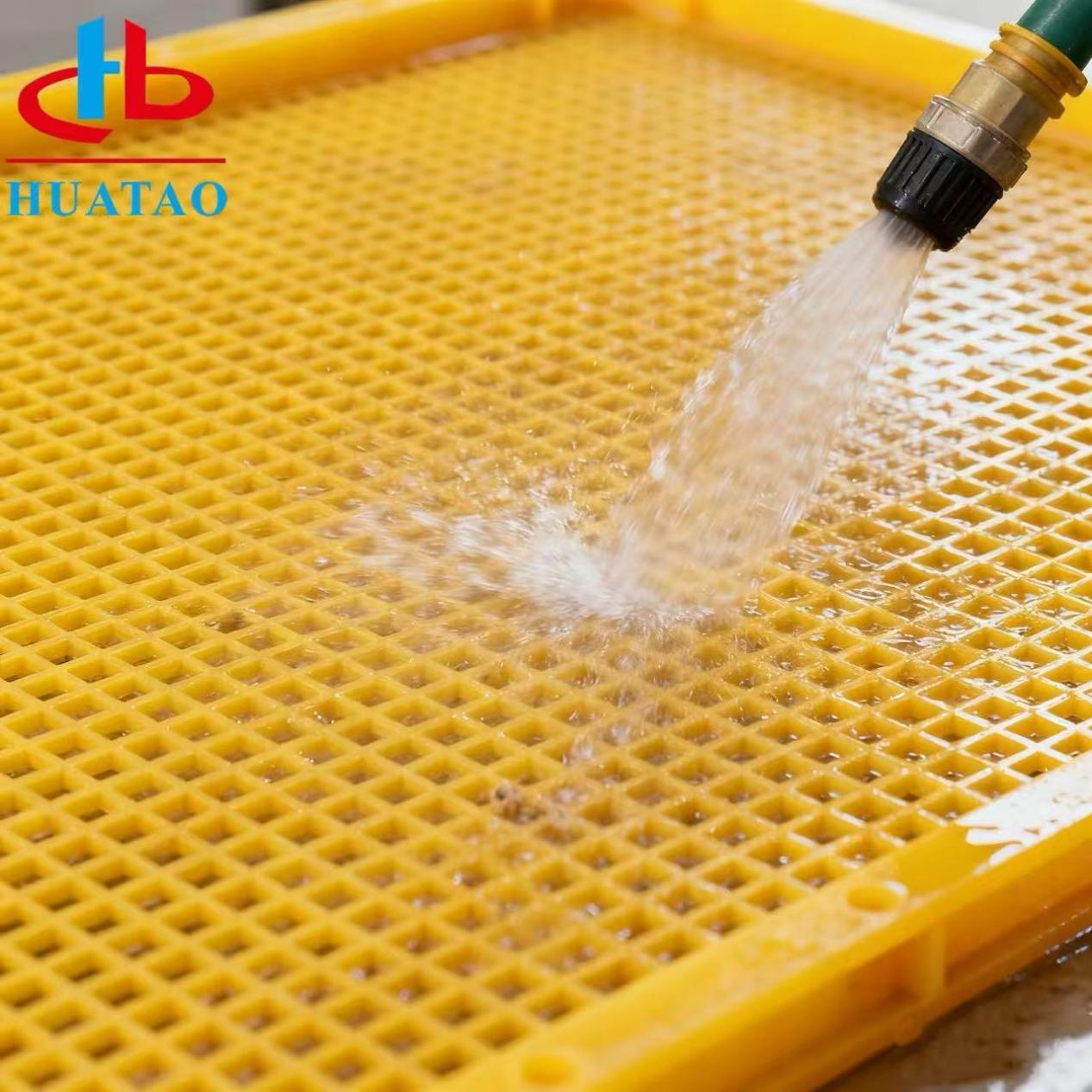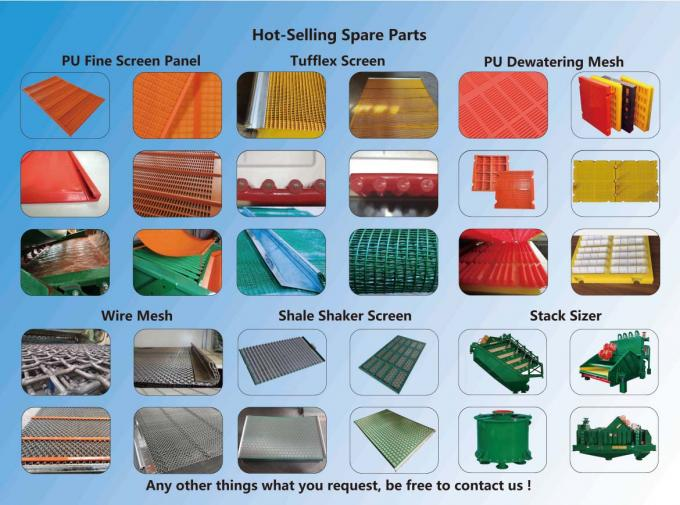In mining and aggregate processing, procurement teams often fixate on one number: the initial price of screen panels. But this short-sighted focus is a silent profit killer—it ignores the biggest cost drain in your operation: the never-ending cycle of replacing worn-out screens.
The truth? A screen panel’s "real cost" isn’t what you pay upfront. It’s the Total Cost of Ownership (TCO)—the sum of downtime, labor, and repeated purchases over its entire life. Let’s pull back the curtain on the hidden expenses you’re probably not tracking.

Frequent screen changes create a hidden financial pit that grows bigger with every replacement. Here’s what’s really costing you:
Production Downtime (The Biggest Hit)Every minute your team spends swapping out screens is a minute your plant isn’t producing. For a mid-sized aggregate operation, even 2 hours of unplanned downtime can mean losing 100+ tons of output—translating to thousands in missed revenue.
Wasted Labor & Maintenance HoursSkilled maintenance teams don’t come cheap. Each screen change-out soaks up 3–4 man-hours (from setup to cleanup)—time they could spend on preventive maintenance, equipment repairs, or other tasks that protect your production line.
Cumulative Consumable Costs"Cheap" screen panels (like low-grade steel or rubber) might save $100 upfront, but if you’re replacing them every 2–4 weeks, the costs add up fast. A $500 steel panel replaced 12 times a year costs $6,000—far more than a single high-quality alternative that lasts 6+ months.
Inefficiency & Poor QualityWorn screens get clogged (blinded) easily, slowing down throughput and mixing off-spec material into your final product. This doesn’t just cut output—it can also damage your reputation if clients reject inconsistent batches.
Polyurethane screen panels aren’t just "another screen option"—they’re engineered to eliminate frequent replacements. Here’s why they’re a game-changer:
The math is clear:Fewer Replacements + Less Downtime + Higher Efficiency = Big Long-Term Savings
Example: A granite quarry swapping steel screens (replaced every 3 weeks, $500 each) vs. polyurethane screens (replaced every 8 months, $1,800 each):
That’s a 73% annual cost reduction—just by switching to polyurethane.
Shifting from "upfront price" to "TCO" starts with talking about real-world challenges. What’s your biggest screen-related cost headache?
Share your thoughts in the comments—let’s build a conversation about smarter screening choices!
Huatao Group’s experts offer free TCO audits for mining and aggregate operations. Let us show you how polyurethane screens can cut your costs:
#PolyurethaneScreens #MiningCostReduction #ScreeningEfficiency #TotalCostOfOwnership #MiningMaintenance #MiningProfitability #ScreenReplacementCost #PolyurethaneScreenPanels #MiningOperations #AggregateProcessing #ScreeningSolutions #MiningROI #PreventiveMaintenance #MiningEquipment #ScreenDowntime #CostSavingsInMining #HighDurabilityScreens #MiningProductivity #TCOCalculation #MiningExperts

can not be empty
can not be empty
